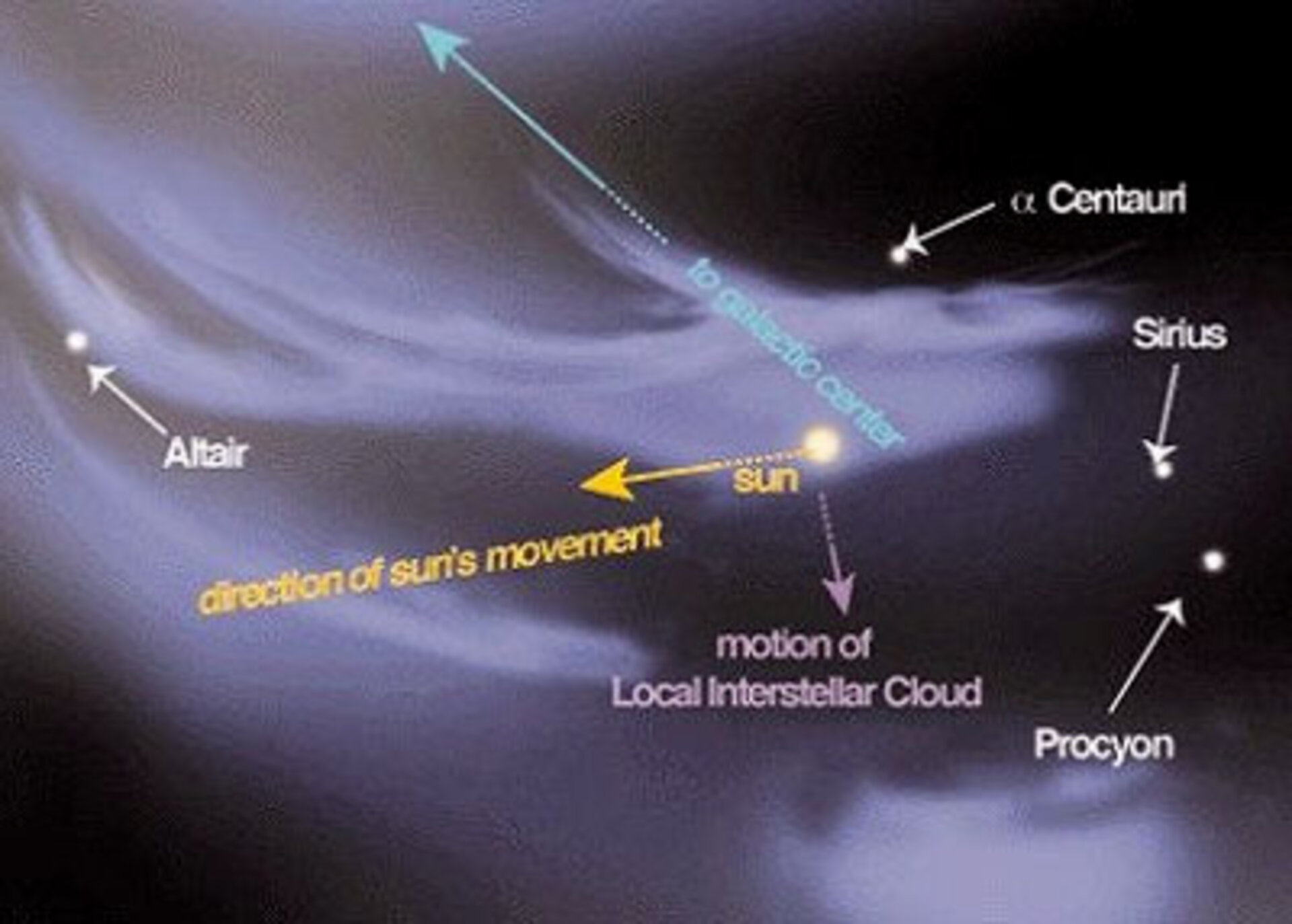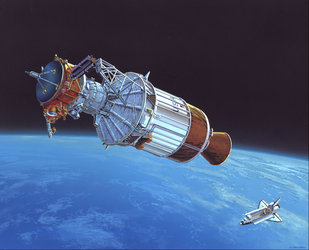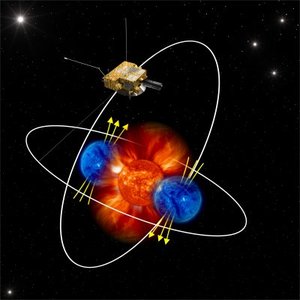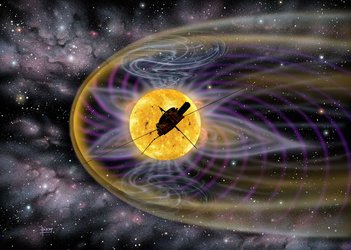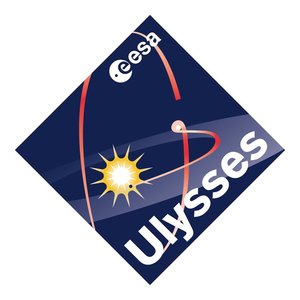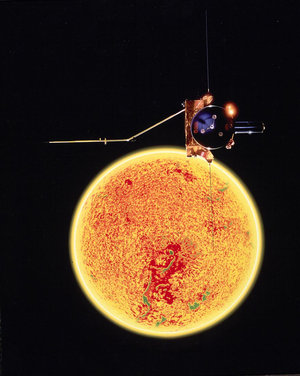A piece of our Galaxy in our backyard
Astronomical observations suggest that the Sun is presently moving through a warm, tenuous interstellar cloud made of dust and gas, one of several that make up our local galactic neighbourhood.
Using instruments on board Ulysses, scientists were able, for the first time, to make direct measurements of dust grains and neutral helium atoms from the local cloud that penetrate deep into the heliosphere.
These measurements have allowed scientists to determine the flow direction of the dust and gas, as well as the density and temperature of the neutral helium and the mass distribution of the dust particles.
This in turn has been helping us to understand the properties of the local interstellar cloud as a whole, providing a true glimpse of the galactic environment in ‘our own backyard’.
Together with interstellar neutral gas and dust, cosmic rays are the only other kinds of material from outside the heliosphere that are available for direct ‘in situ’ study. Cosmic rays are charged particles travelling through space that were discovered in 1916.
Ulysses carries an instrument that has been able to make the first ever measurements of rare comic-ray isotopes. Isotopes are atomic nuclei having the same atomic number (electrons), but different atomic weights (protons and neutrons).
This is important because by measuring the so-called ‘isotopic’ composition of cosmic-ray nuclei, scientists are able to test the different theories of their origin.
For more information:
Richard Marsden, ESA Ulysses Project Scientist
E-mail: richard.marsden @ esa.int
Ulysses findings and science are being discussed in October 2005 at the 54th Ulysses Science Working Team meeting taking place in Pasadena, USA.
For more information:
Richard Marsden, ESA Ulysses Project Scientist
E-mail: richard.marsden @ esa.int
Ulysses findings and science are being discussed in October 2005 at the 54th Ulysses Science Working Team meeting taking place in Pasadena, USA.


